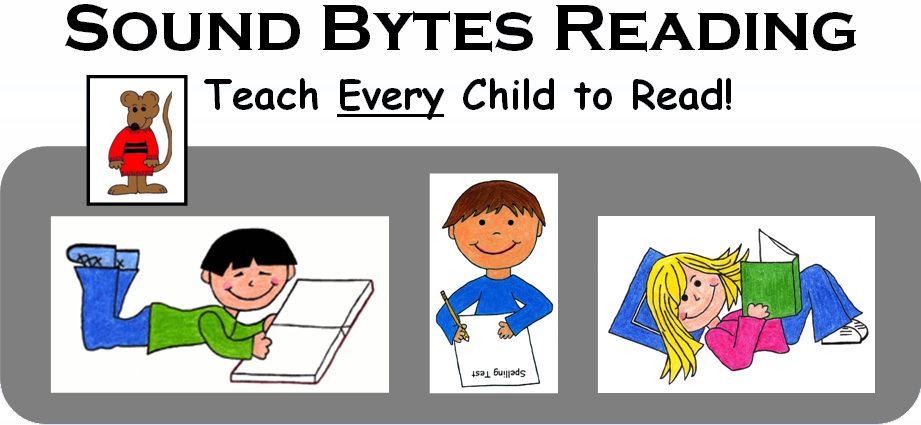When Students Can’t Think of Anything to Write About
It is common to hear students lament, “I just can’t think of anything to write!” We can help students think about things they can write about by giving them some simple techniques that will help them think. We can sum it up with these five points: Look, Listen, Touch, Taste, and Smell.
Students can learn to be more observant of their surroundings by isolating what they pay attention to—one sense at a time. They then learn to describe in words what they have noticed, and suddenly, they have something to write about!

- Look
Go outside and find an interesting object. It could be a leaf, a flower, an old car, a building, or just about anything else. Ask your students to make notes about it. Give them a handout that has questions like these for them to answer: What color is it? Is it striped, spotted, or solid? How big is it? Is it old or new? Does it move? How? What is it made of? What is it used for? Where is it? What do you like about it? What don’t you like about it? Why?
- Listen
This will be a separate writing assignment. Go outside again. Close your eyes. No talking. Listen for the sounds around you for a minute or two. Open your eyes and talk about it. What do you hear? Is there a wind rustling the leaves in a nearby tree? Can you hear birds chirping? Is there water flowing nearby? Do you hear traffic zooming past, sirens, a clock chiming, horns, or music? How loud or soft are these sounds? Can you hear children playing? Are people talking in the distance or nearby? Are their voices angry or happy? Which sounds do you like? Which ones do you dislike? Write about what you heard.
- Touch
This writing exercise can be done inside or outside. Choose an object to write about, like a pencil, a book, an eraser, a rock, a pine cone, a tree trunk. What does it feel like? Is it smooth or rough? Is it prickly? What shape do you feel—is it long or short, round or square, flat, thick or thin? Is it hard or soft? Is it warm or cold? What do you like or dislike about the way it feels?
- Taste
Students need to be able to taste something to do this writing assignment. Avoid things that a student may be allergic to. Ask students to write about the taste. Does this taste salty or spicy? Is it sweet or sour? Is it bland or is it interesting? What is the texture? Is it crunchy, chewy, flaky, smooth, or creamy? Is it liquid or solid? Is it hard or soft? Do you like it? Why or why not?
- Smell
For this exercise you may want to provide students with something to smell—it should be a reasonably pleasant smell or your students may lose focus on the writing lesson. Be careful because some children have allergies to certain smells. One way to do this is to go outside when the grass has been freshly cut and try to describe what the smell of fresh cut grass reminds you of. Another way is to notice the food smells drifting from the kitchen at lunchtime. Answer questions like: What can I smell? How does that smell make me feel? What does that smell remind me of? Can I smell some other things in this place?
After learning to describe each of their senses in detail, students can put together what they have learned to observe and describe something using all of their senses—look, listen, touch, taste, smell. Now your students will be able to think about ways to write more detailed and descriptive paragraphs in their journals and in their other writing assignments.
